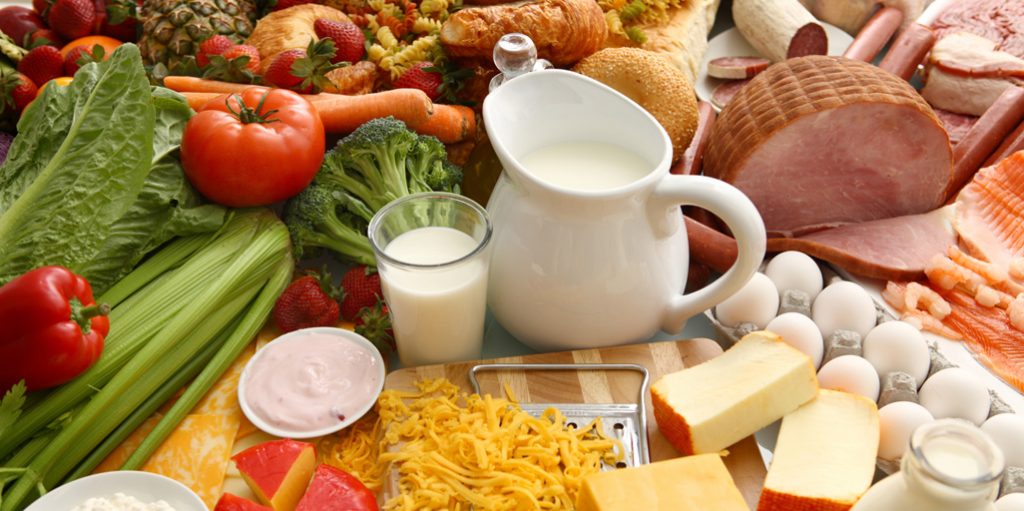Effortlessly lose weight with the 20% rule
By Ari Snaevarsson, Features Editor
Disclaimer
Though this has no patent on it, I think it is only fair to give credit where credit is due. The idea for this article came from a book that I am currently reading called Mindless Eating by Brian Wansink. So, if you are at all intrigued by this subject from an academic standpoint, or if you just want a more comprehensive guide to ending your “mindless eating” habits (along with apt explanations for the many factors that go into this phenomenon), go check it out!
That said, I am not a con artist, and while the idea comes from this book, that is the only thing I am taking from it. I just found it to be an interesting concept and thought I might delve further into it here.
Weight loss maintenance
Before I begin, please note the statistic that “95% of people regain all the weight they lost dieting” is horribly wrong. This nonsense has been peddled for a while now to demonize the entire concept of “dieting,” which has only led to more harm in the form of out-of-control rates of obesity and overweight. Nevertheless, dieters collectively have a terrible track record in terms of weight loss maintenance, and that warrants research into effective interventions.
You have no doubt heard the story before. You find some new diet fad on the internet that is advertised and promoted up the wazoo; you tell yourself, “this is it”; and you resolve to go from zero to one-hundred and become some diet wizard. A week passes by; you start realizing how much of a commitment it is; you try to encourage yourself by looking at the eight pounds you already lost; but then two weeks in, the loss of water weight slows and reality sets in; and before you know it, you’re having an intimate date with the vending machine.
Why most dieting attempts fail
Our bodies are evolutionarily programmed to resist any sort of physiological change that threatens our survival. Following borderline-starvation diets for weeks on end can and will result in debilitating hormonal and neural adaptations that will also slow fat loss down as much as possible.
On a smaller scale (because rarely do people eat extreme enough diets or endure them for long enough to experience the aforementioned effects), the body is hardwired to stick to the status quo. With all of the messages we process on a daily basis, we necessarily need to automate a good chunk of what we do. And for this exact reason, trying to institute a change as drastic as overhauling one’s diet simply by “willing it” is a losing battle.
Introducing the 20% rule
To combat these regulatory mechanisms and effectively implement a change in diet that will persist over the long run, we need to do away with the extravagant, sensationalist protocols. This is where the concept of the “20% rule” comes into play. The premise is simple: dish out 20% less food than you think you will be hungry for at each meal. For fruits and vegetables, aim to get 20% more.
Why does this work? The logic is that most people will not miss that 20%, as it will bypass what Wansink calls the “mindless margin.” Whereas the sobering realization that all of your meals will have to be bland or unfulfilling will only lead to inevitable failure, cutting back by such an insignificant margin will allow you to still enjoy yourself while simultaneously practicing subtle moderation.
And while this amount may seem trivial per meal, it most certainly adds up over time. Take a 180-pound female consuming roughly net 2100 kcal a day, assuming this is her TDEE (it will be slightly above or below this, but the hypothalamus works much like a thermostat to establish a weight and calorie “set point”). If she were to cut each meal back by around 20% and is eating three meals a day (and we factor in 20% added back once a day in case she is eating her fruits and vegetables), after accounting for the fact that this will probably disproportionately come from less calorie-dense food, we see about a 500 kcal deficit each day (enough to induce a loss of one pound of fat a week, according to the static weight loss model). Now, bear in mind that this may not always be the figure you arrive at when employing the principle yourself. Nevertheless, it goes to show what a difference it can make to be mindful of one’s intake.
As you can see, these calculations and this 20% figure are not a hard science. I am not advocating you consciously measure the amount of broccoli florets you regularly eat and then do the precise math to add 20% more in. Just take a couple of seconds each time you get up to grab a meal and estimate what 20% less would look like (or, in the case of fruits and vegetables, 20% more).
In closing
Hopefully now you have a better idea of the type of mindful outlook that can help sustain your dieting efforts over the long run without having to meticulously track or consider how “clean” a meal/food is. Of course, this is not the end-all be-all of dieting for weight loss; it is simply a (powerful) tool to have in your arsenal.

